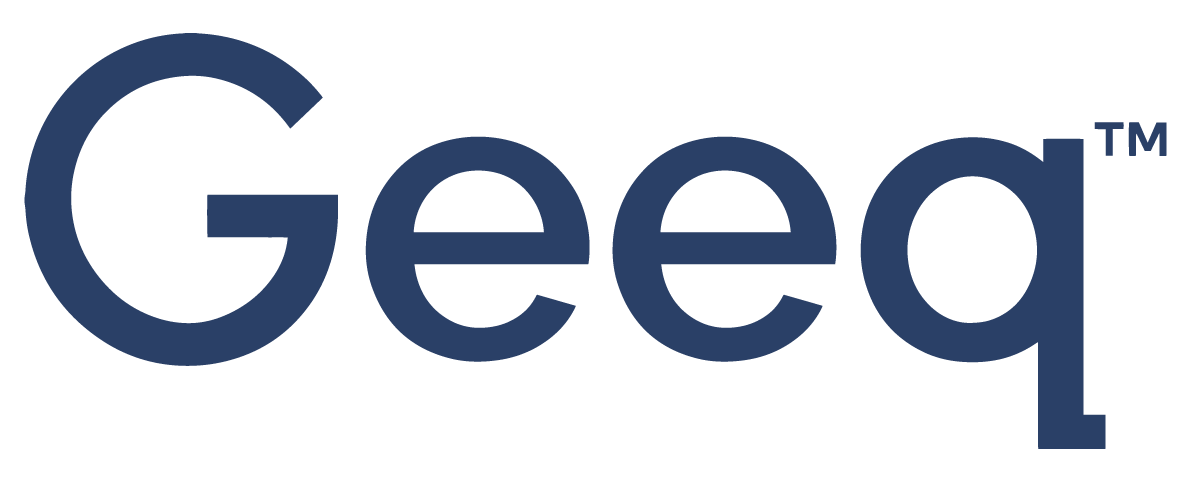
Relay
What does Relay mean?
The relay has a strictly defined role in a Geeq chain’s validating network. Its sole task is to detect whether an empty block should be written, thus preventing an indefinite stall.
Introduction to Geeq’s networks
Every Geeq blockchain is securely validated by its own network of nodes, whether the chain is private or public. Because each chain is separate, It is possible to have variable sizes of networks across chains to provide flexibility according to the chain’s users’ desire for redundancy, accessibility, and cost.
Unlike Proof of Work (e.g. bitcoin) or Proof of Stake (e.g. Ethereum) based protocols, Geeq’s blockchains’ security model does not depend on an agreement of nodes.
The Geeq Difference
Data integrity at Geeq is protected by imposing a separation of powers within the network and automating neutral, cryptographic checks that a node is following protocol. If a node cannot prove it is following protocol, its behavior is provably incorrect and users can ignore its output.
Checks and Balances – Overview of the Relay’s Role
A relay is a node whose job is to cryptographically check that the correct hub for block B is sending a correctly signed message for block B. The message is called the hub content statement.
If the relay
- receives a content statement from the correct hub for block B, and
- the hub is using its correct private key, and
- the hub content statement is for block B,
then the relay builds its own relay content statement, signs it, and sends it to each node in the active network for block B. Each individual node then builds its own blocks and ledgers for block B.
The purpose of the content statement is to put each network actor on record with an irrevocable statement of what it views as the current chain state view.
If the relay does not receive a correctly signed message from the correct hub for block B, it automatically sends a cryptographically signed message to the other nodes, directing them to write an empty block.
The hub rotates every block. Nodes may join or exit the active network, so the network of a Geeq chain always has the ability to restart itself. At worst, there will be a period of correctly signed empty blocks. At best, when the hub rotates to the next node in the next block, block-building will proceed with the transactions that are received.
Used in a Sentence
The relay exists in case a hub goes offline or there is an attempt to interfere with the hub; its role is to send a clear signal to the other nodes about the health of the network.
Last Updated: July 8, 2023
Read what Geeq has to say about Relay...
The following articles are written by the Geeq team to share and inform about the industry we are passionate about.
To learn more about events, announcements and learn about other topics visit our news section
Community announcement - Tokenomics Update - January 2024
Why has Geeq taken a no-smart contracts route? To deliver an efficient, reliable, predictable engine to solve these three problems and more.
Here are 5 reasons why Geeq is poised to set the world's standards in decentralized, verifiable blockchain - at Layer 0.
Discover 7 powerful ways Geeq Stacks revolutionize digital assets. Simplify organization, ensure security, and stay in control. From creative collections to seamless transfers, Stacks make it intuitive.
8 Ways Geeq is the Essential Foundation for Blockchains. Here are the reasons Geeq provides the Layer 0 (L0) foundation that blockchains and smart contracts need.
How can the market separate "review bombing" from authentic testimonials? As with any policy, the risk is either going too far or not far enough. Read Geeq's solution.
UPDATE: Now with links to video and Slides! John P. Conley introduced Geeq's Algorithmic Monetary Policy and Stabilized Token to the public at SFBW.
This is the Geeq token allocation and release schedule. Please note: Geeq did not hold an ICO or IDO.
Ask Me Anything on Telegram: TH 1/24/2019, 4 pm EST
Details are available for the official GEEQ contract address.
$GEEQ has partnered with Ferrum Network to offer non-custodial liquidity staking. Watch this space!
Late Friday Update for Geeq Tokens - The Unlocked-round is fully subscribed. The Pre-round is still OPEN.









